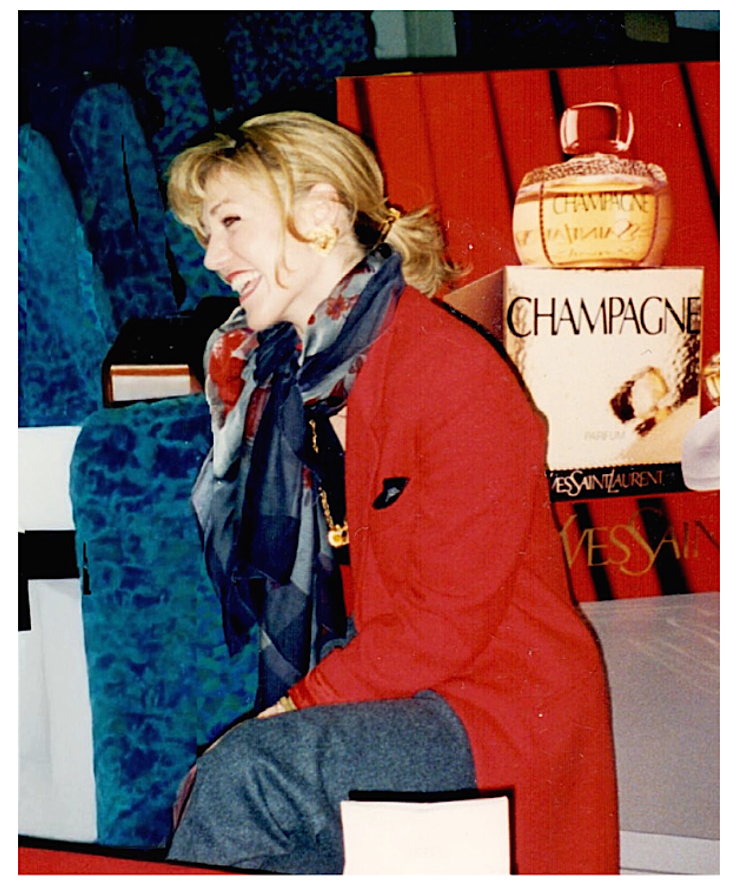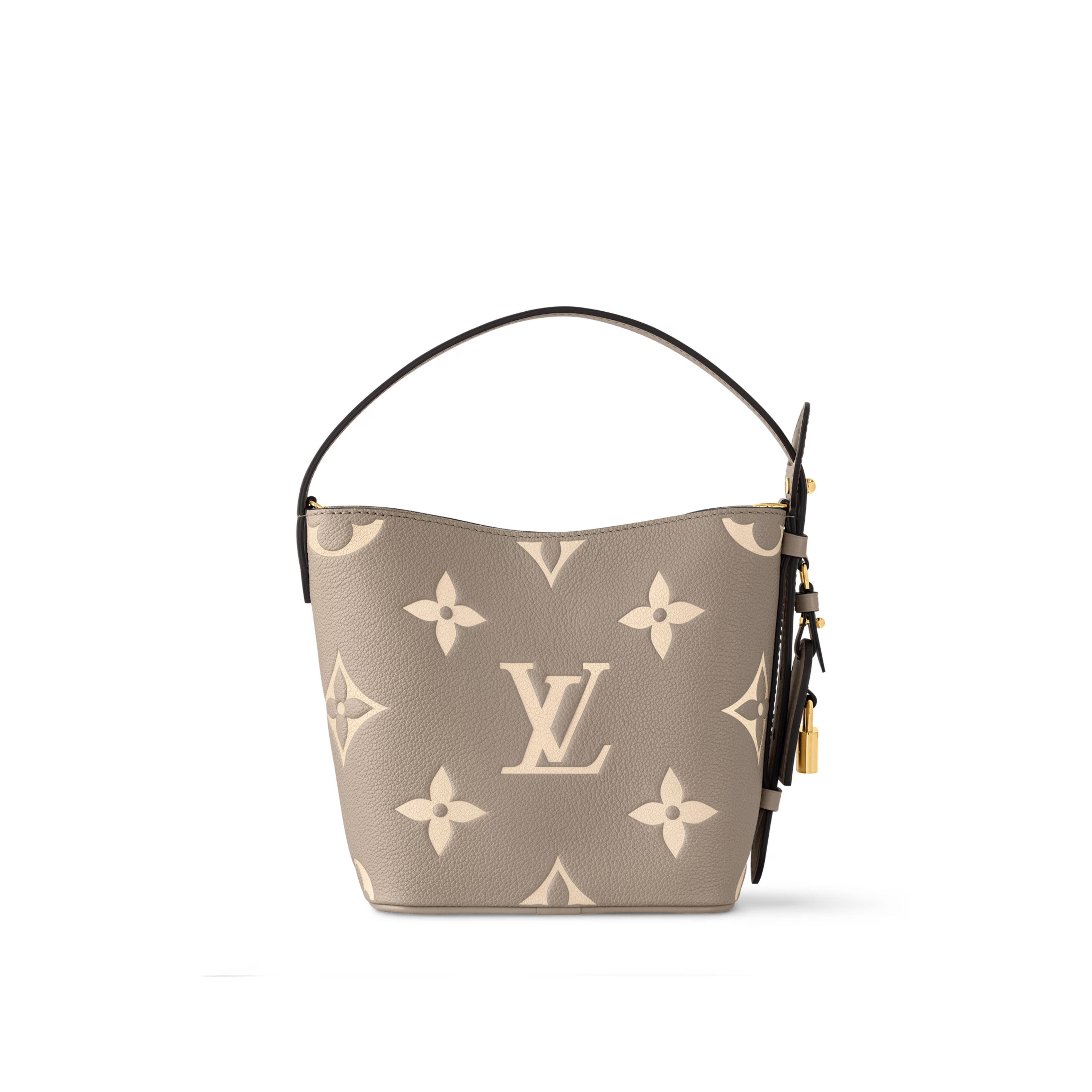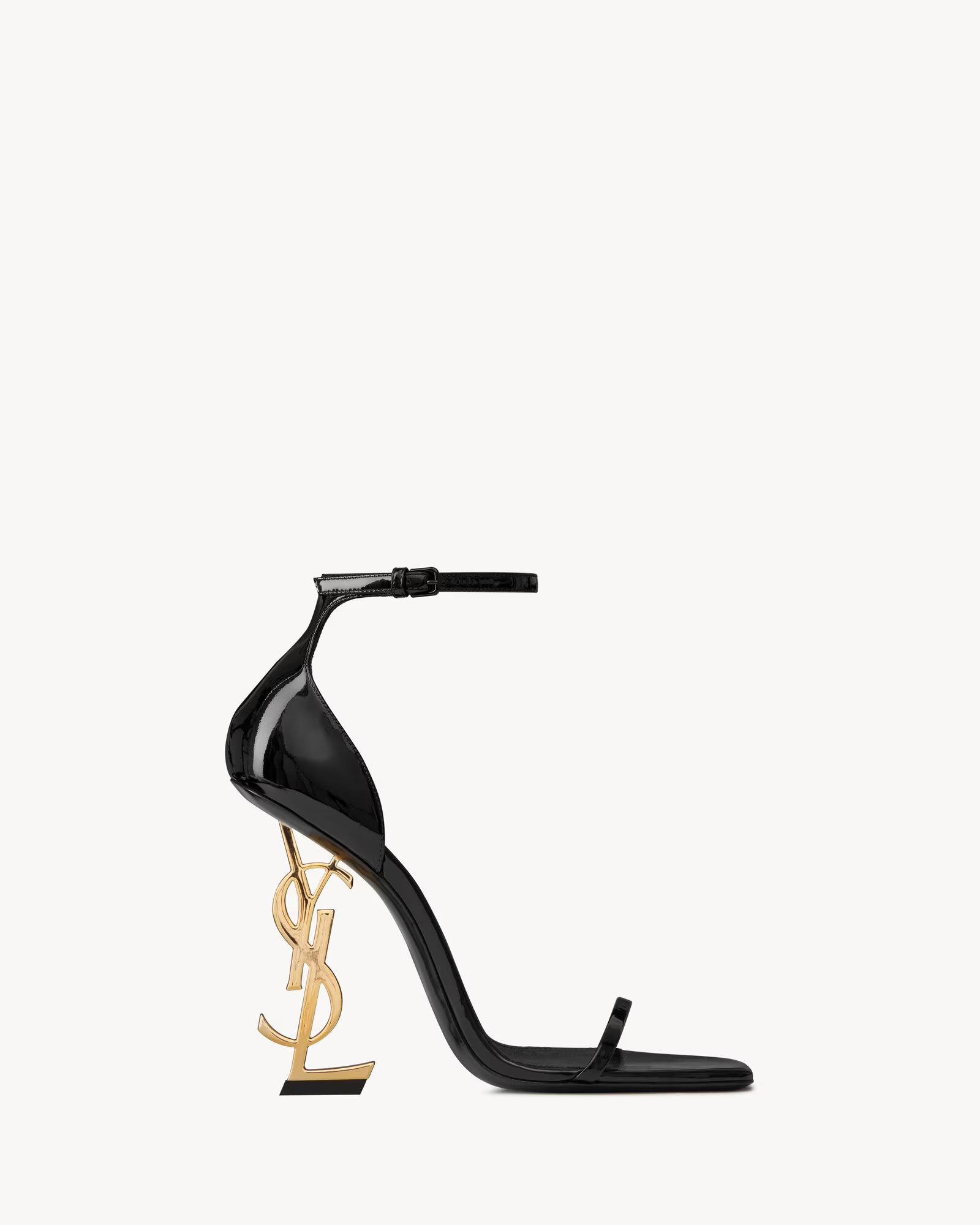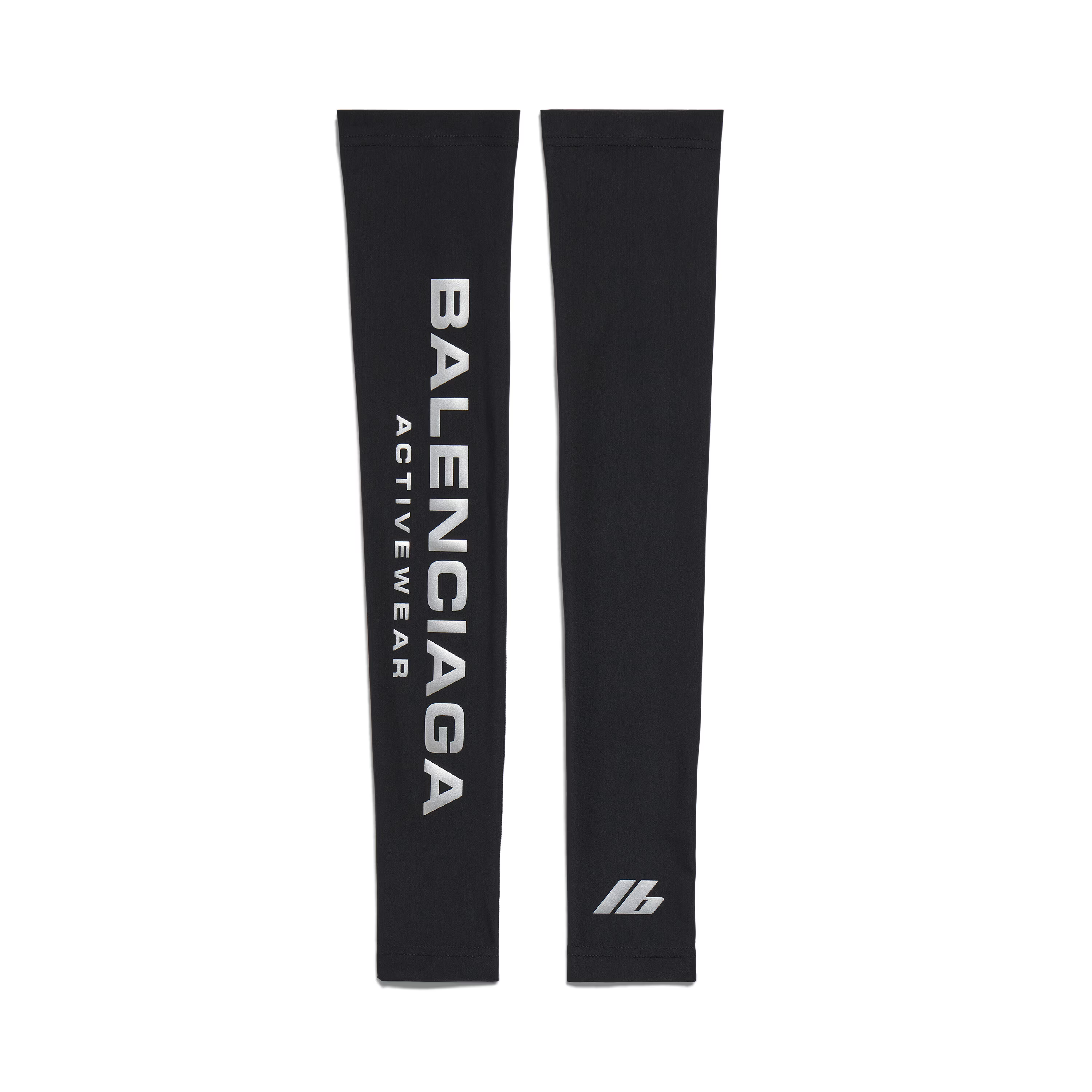Tomorrow’s Luxury is about Purpose

I remember as a child slinking into my parents’ bedroom when my mother was getting ready for a glamorous evening out. Her reflection in the mirror is fixed in my mind, the red lipstick, the arched brows, the fancy dress. I especially remember the sillage of Chanel No. 5 in the air after they had abandoned my sister and me to the babysitter. I never craved the zesty aldehyde-floral as my own scent – preferring still today the deep, woody smells that I associated with strong men - but every time I catch a whiff of that iconic black and white perfume, I think of my sparkling mother wrapped in opulence. Chanel had embedded itself in my psyche forever.
My very first professional experience with luxury was as assistant manager at the Plaza Hotel in New York city. Every Plaza associate, from owner to busboy, was trained with a “luxury radar” to scan the lavish premises for anything out of sync with the rich, velvet experience. Stray paper? Pick it up. Smudge on a glass door? Find a window cleaner. Wilting flower in the arrangement? Pluck it away. Wandering guest? Offer your help with a smile. Details created the emotion.

I’ve spent over 25 years in the luxury profession working for renowned brands and establishments, with some of the most recognised designers and professionals across the globe. I learned the rules of luxury from the best. Personal and generous service, timelessness combined with bold innovation, perfection through attention to detail, and meaning derived from a point of view rather than excess. Today it seems almost impossible to buy a luxury product that is not sheathed gold or embroidered logos.
Has the Luxury Industry reached a Tipping Point?
If yes, it aligns almost precisely with the world’s ever-increasing wealth inequality.
(Source: McKinsey 2025 Luxury Report.)
Luxury growth is slowing. After an AAGR of over 5% from 2019-2023, the industry is now forecast at just 2% increase per year through 2027.
Price inflation drove 80% of that growth. Over the past five years, luxury companies were selling products at higher prices, but perhaps not selling more products. This inflation has helped to priced out aspirational luxury consumers who wanted to grow into luxury spending (see below).
Ultra-high spenders are driving the growth. Those who spend the most make up only 3% of customers, but drive 35% of total market revenue. They are also expected to represent 75% of future luxury growth.
Luxury brand identity is weakening due to overexposure. The rapid expansion of luxury brands, together with fast trend cycles, social media marketing and all those logos, have led to overexposure and reduced exclusivity, weakening luxury’s “dream factor”.
Luxury brands are selling more products and more expensive products to an elite customer base at the tippy top of the market. The Swiss private bankers call these clients the UHNWI; “ultra high net worth individual” sounding more sophisticated than “filthy rich”. These customers, particularly the newly-minted billionaires, enjoy showing their wealth through their extravagent instagram feeds. The logo has become a badge of honor. This craving for consipicuous fuels a demand that the brands seem a bit too happy to satisfy. Eventually, the market becomes saturated, we become bored of seeing the same bling everywhere, and the industry is trapped in a viscious cycle.
The constant stream of new products and the current formula of catering to billionaires is not a recipe for timelessness, nor enduring success. Especially since today’s luxury customer wants more meaning. Gen Z will no doubt have its share of billionaires soon enough, but will they really crave the bling as much as today?
Emerging Trends Point to a New Era in Luxury
(source: VML Future 100, 2025)
Experience
Luxury is no longer about accumulating things but about collecting meaningful experiences that shape identity and well-being. Consumers are spending more on travel, wellness, and hospitality instead of labelled products.
Luxury travel has evolved to curated, immersive experiences that offer deep cultural and artistic engagement.
High-end hospitality is embracing exclusivity through seclusion and mindfulness, offering remote retreats where people can disconnect and reflect.
Wellness is becoming “somatic”, personalised and intuitive, moving beyond plush spas into deep, physical self-connection, personal development and healthy lifestyles.
Simplicity and “Realness”
Luxury is about curating fewer, high-quality, hand made items that add meaning. The return to craftsmanship and heritage is authenticity in the face of everything AI and digital.
As AI floods the creative market and digital spaces become overwhelming, handmade, human-crafted goods are becoming more valued. Over 60% of luxury consumers are willing to pay more for handmade, human-crafted items versus AI-produced ones.
There is a movement toward timeless, neutral aesthetics, and a growing preference for discreet, high-quality pieces over flashy maximalism, with searches for "quiet luxury" surging by 52% in 2024.
Old world elegance and new world simplicity. Plaza Hotel, Trend images from VML 100 report
Sustainability and Conservation
The resale market is expanding rapidly, and competition from pre-owned goods is putting downward pressure on new product pricing. This corresponds with the younger generation’s concern for the envirnoment. Luxury brands face pressure to be more transparent about ethical sourcing, labor practices, and environmental impact.
Luxury clients express distrust toward brands' sustainability claims, suspecting greenwashing. Underconsumption and a movement of "buy less, buy better" is becoming a marker of affluence.
The shift toward innovative plant-based leathers, upcycled materials, cruelty-free products, and ethical consumption is defining the next generation of luxury goods.
Luxury brands are investing in preserving and restoring ecosystems, making conservation and biodiversity a high-status pursuit . The concept of “Cathedral Thinking” has been included in trend reports to signfiy building something today that you may never see finished.

Storytelling and Heritage
The above trends indicate a deep desire for stories, culture and meaning. Consumers are willing to pay up to 25% more for products with compelling brand stories, favoring heritage brands that maintain strong narratives. We are all gravitating toward a sense of history, identity, and purpose. Brands that offer meaning based in their values and their traditions will thrive in today’s digitally transformative universe of automated newness.
The Future of Luxury is Thoughtful, Experiential, and Purpose-Driven
A 3% downturn in luxury is not a death sentence, but a wake-up call. These companies can afford to return to long-term thinking to rebuild brand equity and desireability. Tomorrow’s luxury consumer is shifting away from status symbols and excessive consumerism toward experiences, sustainability, craftsmanship, and personal well-being. The new luxury is about depth, meaning, and intentionality, rejecting the outdated notion that luxury equals material wealth. Aren't we all slightly exhausted by the excessive inanity of the world’s loud billionaires?
30 years ago, luxury brands were proud to claim that only 25% of their turnover was generated from new products. This was intentional, to preserve their exclusivity and cater to their base of loyal customers. After all, the 40-year-old bottle of Chanel No. 5 that I inherited from my mother when she passed, looks identical to that sold today in the Chanel boutique. Unlike some of its competitiors, Chanel has not fallen into the over-exposure trap. Of course Chanel is privately owned. No analysts to appease with the quarterly earnings traps of capitalism gone awry.




















Comments